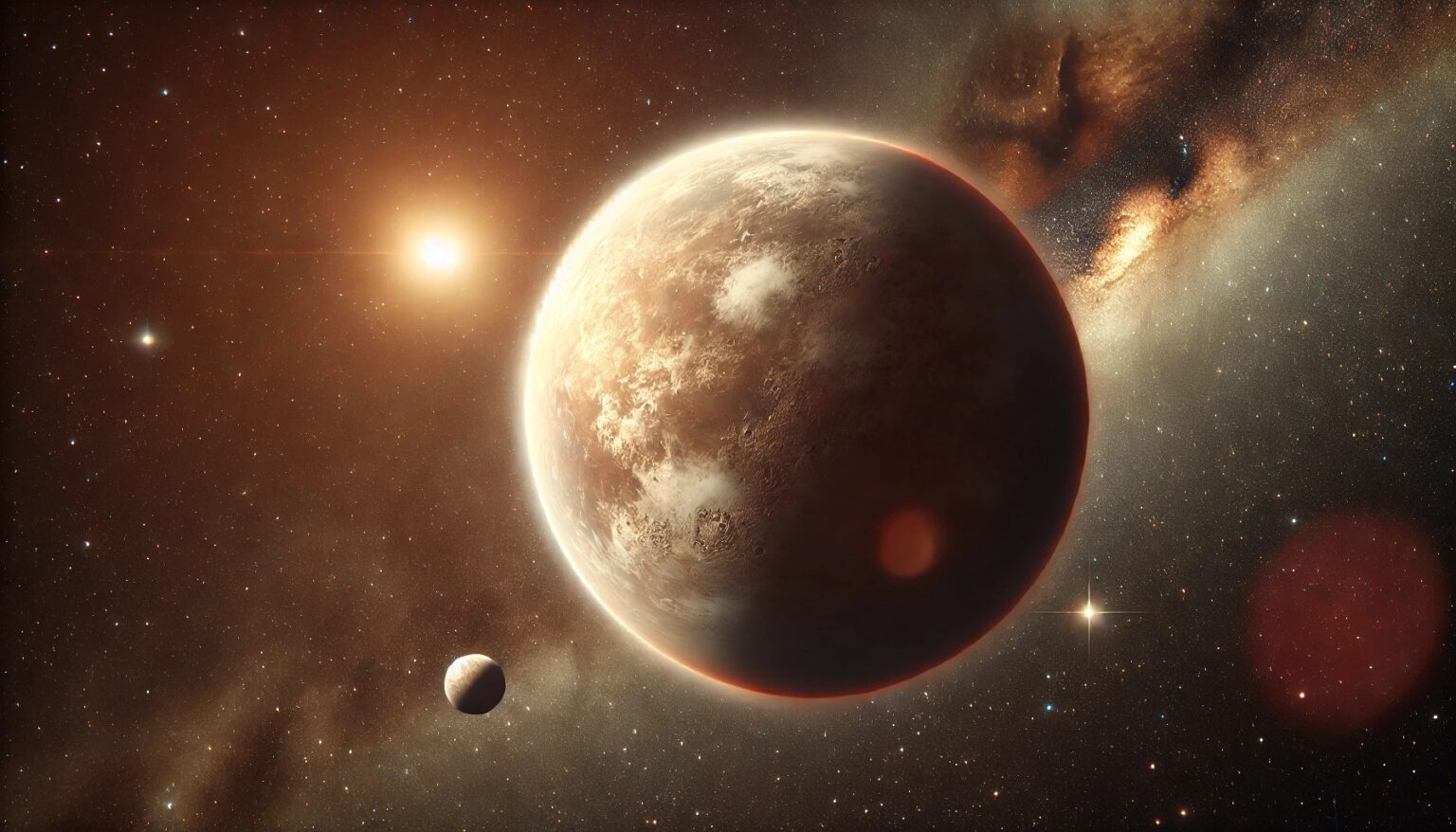A new NEID spectrograph designed specifically to search for worlds outside the Solar System has found the first of them. The exoplanet orbits the yellow star HD 86728, located at a distance of 48.6 light years away.

NEID, the new exoplanet finder
An international team of astronomers reports the discovery of a new extrasolar world orbiting the neighboring star HD 86728. This is the first detection of an exoplanet made by the NEID Earth Twin Survey (NETS) project. The results of the study were detailed in a scientific paper published on September 18 on the arXiv preprint server.
NEID is a fiber-fed, environmentally stabilized optical near-infrared echelle spectrograph mounted on the 3.5-meter WIYN1 telescope at Kitt Peak National Observatory in Arizona. The NETS research uses NEID to search for low-mass exoplanets around nearby bright stars.
A team of astronomers led by Arvind F. Gupta of the U.S. National Science Foundation National Optical-Infrared Astronomy Research Laboratory in Tucson, Arizona, has identified the first exoplanet using NETS. The new planet orbits around HD 86728, a bright star of spectral type G3Va located about 48.6 light-years away.
Characteristics of the discovered exoplanet HD 86728 b
According to the study, the newly discovered exoplanet HD 86728 b orbits its host star in a circular orbit every 31.15 days at a distance of about 0.19 a.u. The predicted mass of this planet is estimated to be about 9.16 Earth masses.
Astronomers noted that the vast majority of exoplanets with similar masses and rotation periods to HD 86728 b are in multi-planet systems. Consequently, if it contains only HD 86728 b, this planet would be in a small minority (less than 12 percent) without any known siblings. However, further observations are needed to rule out the presence of additional planets in the orbit of HD 86728.
As for the host star, HD 86728, it has a radius of about 1.24 solar radii and a mass comparable to the mass of the Sun. The effective temperature of the star is about 5,610 K and its metallicity is 0.2 dex.
Role of ultra-precise spectrographs in the search for exoplanets
In the final remarks, the authors of the paper emphasized that the detection of HD 86728 b proves how important ultra-precise radial velocity spectrographs are for the search for low-mass extraterrestrial worlds.
“NEID and other extreme precision spectrographs will continue to chip away at the sensitivity floor for quiet stars, enabling the detection of exoplanets at lower masses and longer periods as we push towards the discovery of Earth analogs with radial velocity measurements,” the scientists wrote.
According to phys.org


